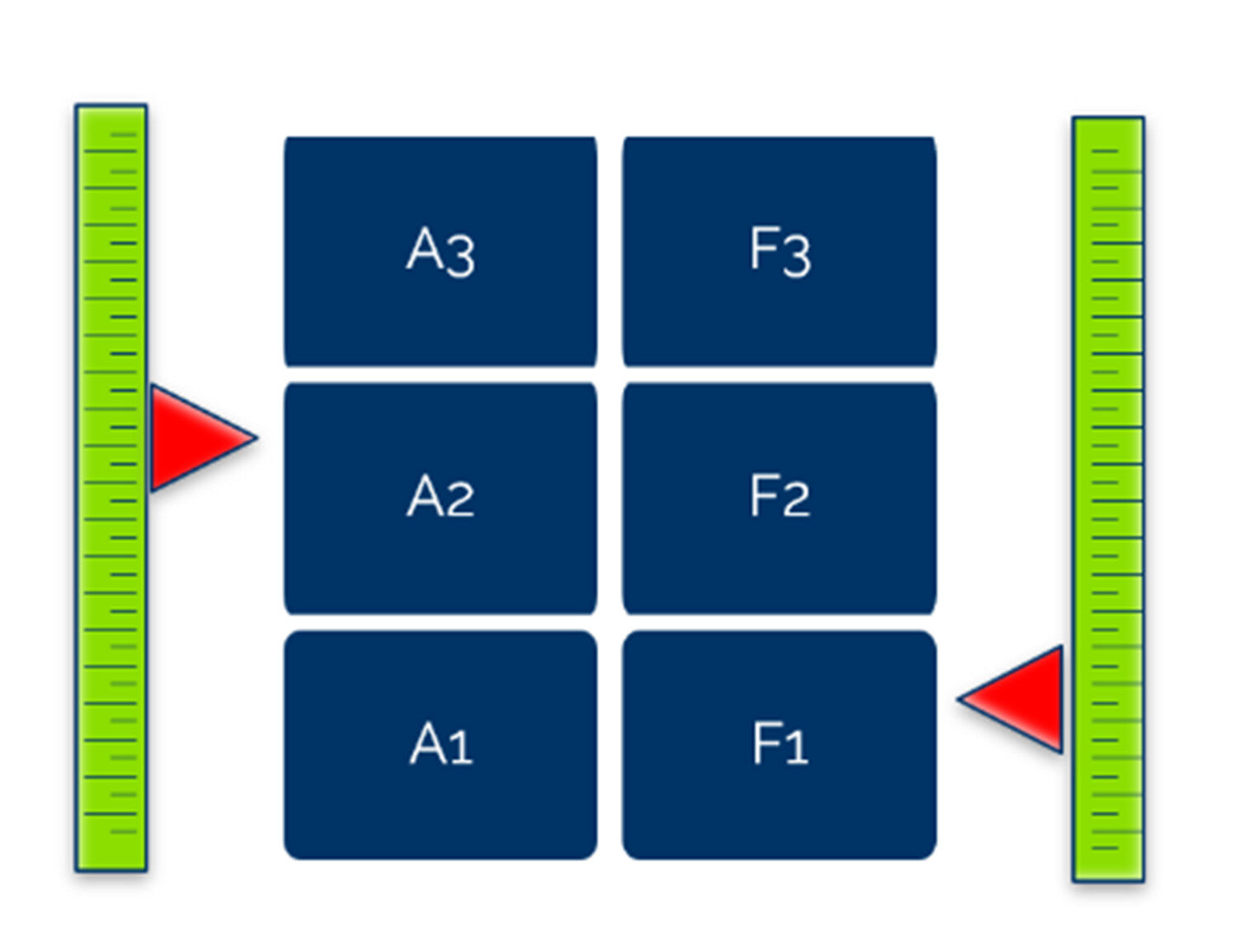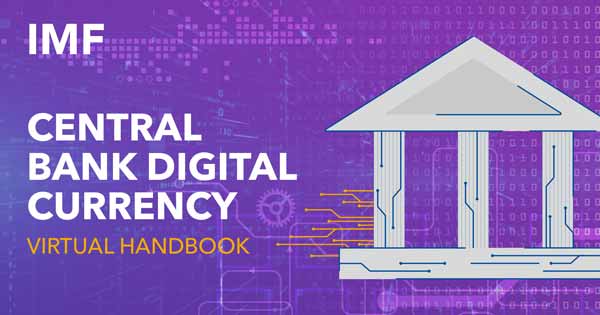Iron is a critical raw material used in the production of steel, which is essential for various industries, including construction, automotive, manufacturing, and infrastructure. The price trends of iron have a significant impact on these industries and the global economy. This article provides a comprehensive analysis of iron price trend, covering historical prices, recent fluctuations, market dynamics, and future outlook.
Market Overview
The global market for iron ore, the primary source of iron, is influenced by factors such as mining capacity, demand from the steel industry, geopolitical events, and economic policies. Major producers of iron ore include Australia, Brazil, China, and India. The demand for iron is driven by its use in steel production, which is integral to numerous industrial and construction activities.
Enquire For Regular Prices:
https://www.procurementresource.com/resource-center/iron-price-trends/pricerequest
Historical Price Trends
Over the past decade, iron prices have experienced notable fluctuations. From 2010 to 2015, prices ranged between $80 and $180 per metric ton. This period saw significant volatility due to various factors:
Global Demand: Rapid industrialization and urbanization, particularly in China, drove strong demand for iron ore.
Supply Disruptions: Natural disasters and operational challenges in key mining regions affected supply.
Economic Policies: Changes in government policies and trade regulations influenced global trade dynamics and pricing.
Recent Price Trends (2023)
In 2023, iron prices ranged between $90 and $150 per metric ton. The following factors contributed to these price trends:
Market Segmentation
The iron market can be segmented based on its applications:
Steel Production: Used as a primary raw material in steelmaking.
Construction: Used in the production of construction materials, such as beams, rebar, and structural components.
Automotive: Used in the manufacture of automotive parts and components.
Industrial Machinery: Used in the production of machinery and equipment for various industrial applications.
Future Outlook
The future of the iron market looks promising, with expected growth in the construction, automotive, and manufacturing sectors driving demand. However, price volatility may persist due to factors such as supply chain disruptions, environmental regulations, and geopolitical influences.
Recent Developments
Capacity Expansions: Companies are investing in expanding their mining capacities to meet growing demand, particularly in emerging markets.
Sustainability Initiatives: Increasing focus on sustainable mining practices and reducing the environmental impact of iron ore extraction and steel production.
Market Analysis
Competitive Landscape
The iron market is dominated by a few key players, including:
Rio Tinto
BHP Group
Vale S.A.
Fortescue Metals Group
ArcelorMittal
Key Players
These companies are involved in the mining, processing, and distribution of iron ore. They are focusing on strategic partnerships, technological advancements, and sustainable practices to maintain their market positions.
Conclusion
The iron market is characterized by its dependence on the steel, construction, automotive, and manufacturing industries and is subject to fluctuations due to changes in supply-demand dynamics, mining capacity, operational challenges, and broader economic and geopolitical factors. As technological advancements and sustainability initiatives continue to evolve, the market is expected to grow, offering opportunities and challenges for stakeholders.
By diversifying supply sources, investing in technology and sustainability, and staying informed about market trends, companies can better position themselves to capitalize on opportunities and address challenges in the iron market. Effective planning and proactive management will be key to maintaining competitiveness and achieving long-term success in this evolving industry. Monitoring price trends and staying updated with industry developments will be crucial for making informed business decisions in the iron market.
Iron is a critical raw material used in the production of steel, which is essential for various industries, including construction, automotive, manufacturing, and infrastructure. The price trends of iron have a significant impact on these industries and the global economy. This article provides a comprehensive analysis of iron price trend, covering historical prices, recent fluctuations, market dynamics, and future outlook.
Market Overview
The global market for iron ore, the primary source of iron, is influenced by factors such as mining capacity, demand from the steel industry, geopolitical events, and economic policies. Major producers of iron ore include Australia, Brazil, China, and India. The demand for iron is driven by its use in steel production, which is integral to numerous industrial and construction activities.
Enquire For Regular Prices: https://www.procurementresource.com/resource-center/iron-price-trends/pricerequest
Historical Price Trends
Over the past decade, iron prices have experienced notable fluctuations. From 2010 to 2015, prices ranged between $80 and $180 per metric ton. This period saw significant volatility due to various factors:
Global Demand: Rapid industrialization and urbanization, particularly in China, drove strong demand for iron ore.
Supply Disruptions: Natural disasters and operational challenges in key mining regions affected supply.
Economic Policies: Changes in government policies and trade regulations influenced global trade dynamics and pricing.
Recent Price Trends (2023)
In 2023, iron prices ranged between $90 and $150 per metric ton. The following factors contributed to these price trends:
Market Segmentation
The iron market can be segmented based on its applications:
Steel Production: Used as a primary raw material in steelmaking.
Construction: Used in the production of construction materials, such as beams, rebar, and structural components.
Automotive: Used in the manufacture of automotive parts and components.
Industrial Machinery: Used in the production of machinery and equipment for various industrial applications.
Future Outlook
The future of the iron market looks promising, with expected growth in the construction, automotive, and manufacturing sectors driving demand. However, price volatility may persist due to factors such as supply chain disruptions, environmental regulations, and geopolitical influences.
Recent Developments
Capacity Expansions: Companies are investing in expanding their mining capacities to meet growing demand, particularly in emerging markets.
Sustainability Initiatives: Increasing focus on sustainable mining practices and reducing the environmental impact of iron ore extraction and steel production.
Market Analysis
Competitive Landscape
The iron market is dominated by a few key players, including:
Rio Tinto
BHP Group
Vale S.A.
Fortescue Metals Group
ArcelorMittal
Key Players
These companies are involved in the mining, processing, and distribution of iron ore. They are focusing on strategic partnerships, technological advancements, and sustainable practices to maintain their market positions.
Conclusion
The iron market is characterized by its dependence on the steel, construction, automotive, and manufacturing industries and is subject to fluctuations due to changes in supply-demand dynamics, mining capacity, operational challenges, and broader economic and geopolitical factors. As technological advancements and sustainability initiatives continue to evolve, the market is expected to grow, offering opportunities and challenges for stakeholders.
By diversifying supply sources, investing in technology and sustainability, and staying informed about market trends, companies can better position themselves to capitalize on opportunities and address challenges in the iron market. Effective planning and proactive management will be key to maintaining competitiveness and achieving long-term success in this evolving industry. Monitoring price trends and staying updated with industry developments will be crucial for making informed business decisions in the iron market.












